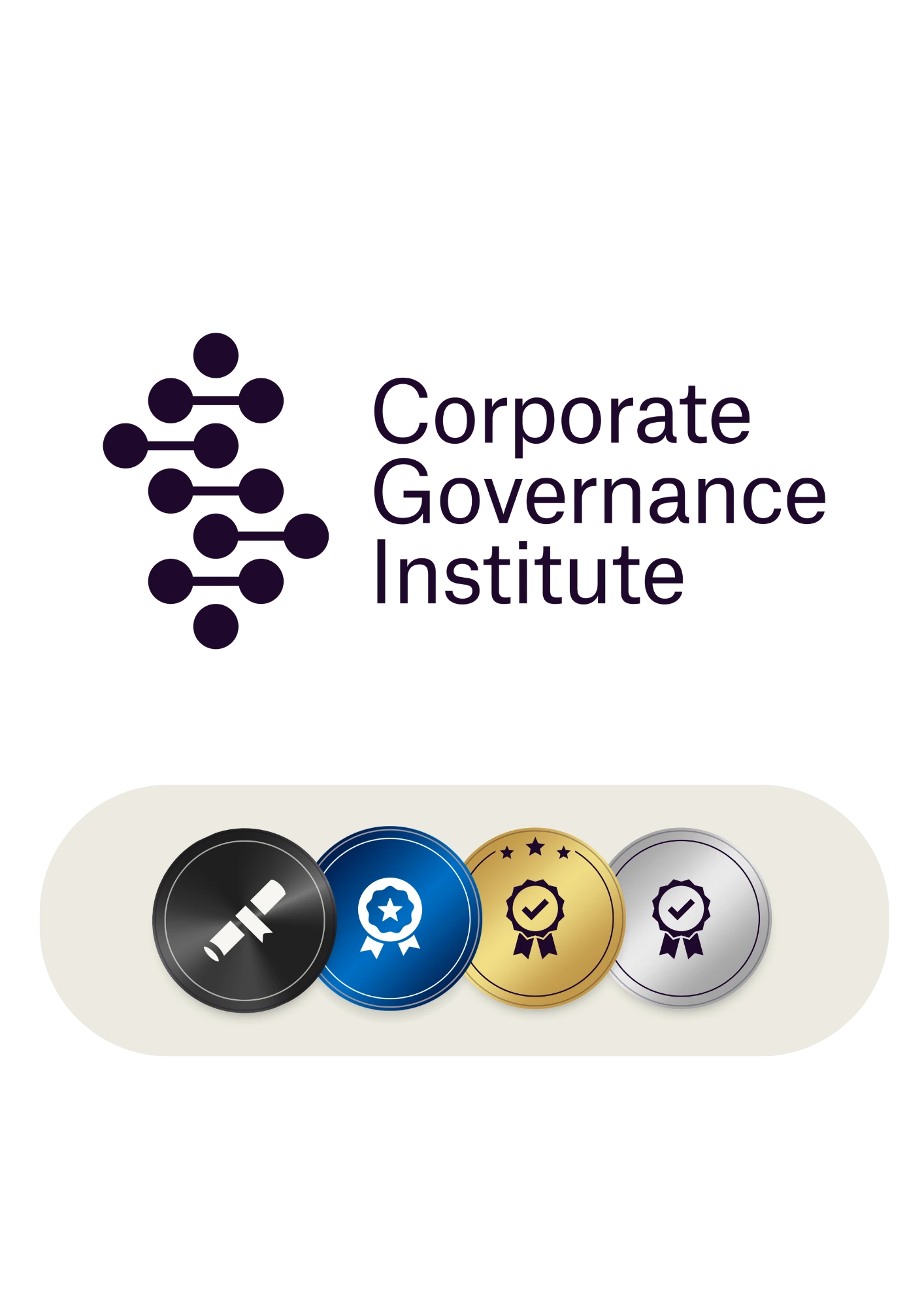Qualification Level
Professional Certificate in CSRD Reporting
X people viewing the course right now
Deepen your understanding of the European Union’s Corporate Sustainability Reporting Directive (CSRD). Acquire the skills and knowledge to lead CSRD compliance in your organisation and advance your career.

Why is CSRD important?
Under the CSRD, companies are now required to report on their environmental, social and governance performance. Boards have a responsibility to keep pace with reporting frameworks and standards in order to achieve compliance and drive sustainable practices.
Learn more about the Professional Certificate
Sustainability Reporting and CSRD
Key global sustainability frameworks and standards.
The purpose and scope of the CSRD and its evolution in driving transparency, accountability and sustainable business practices.
Key topics including ESG reporting, double materiality, and CSRD compliance timelines.
The role of CSRD in global reporting practices.
Compliance with the CSRD
Applying the concepts of materiality and double materiality in your reporting and aligning sustainability reports with your company’s value chain to meet EU standards.
Reporting on each environmental, social, and governance standard including objectives, focus areas, requirements and exemptions.
Structuring sustainability reports and ensuring they align with transparency and comparability guidelines.
How boards and executives can oversee and implement CSRD compliance.
























